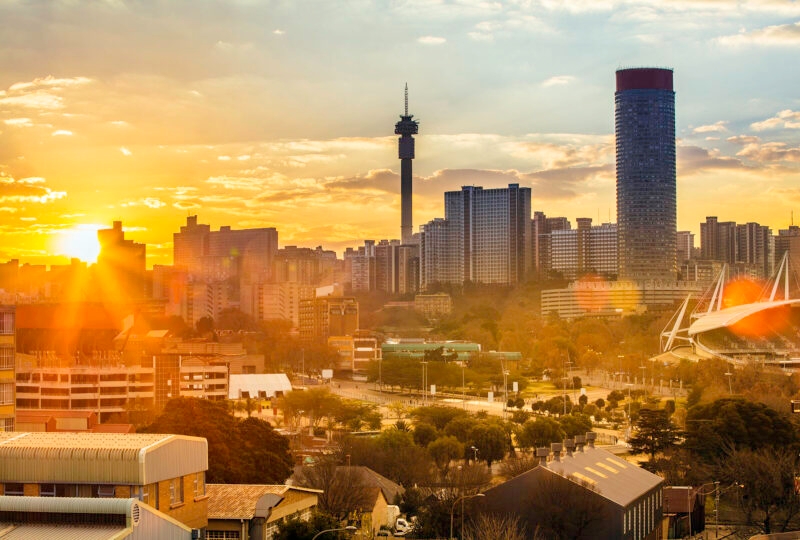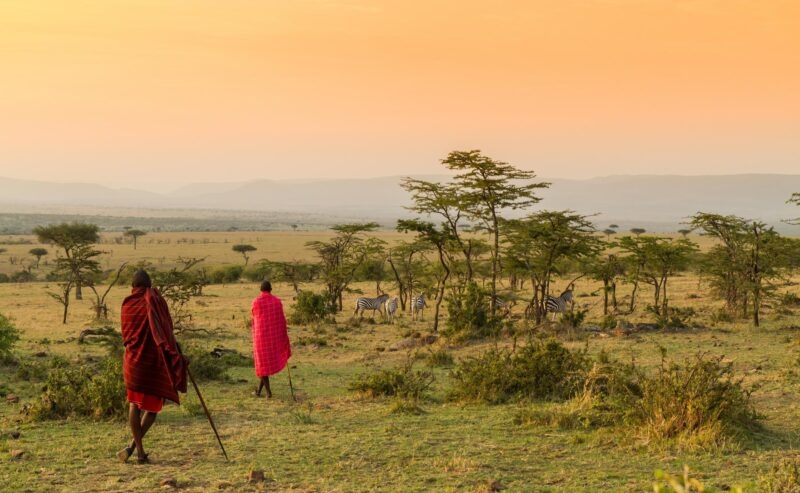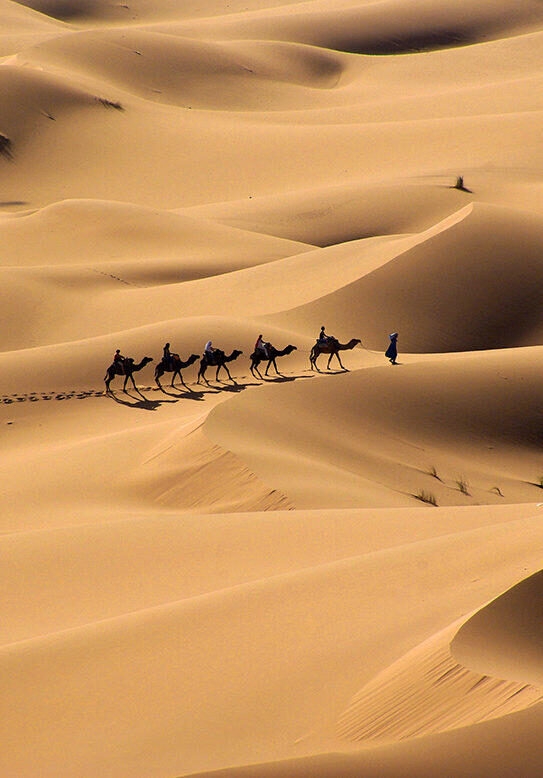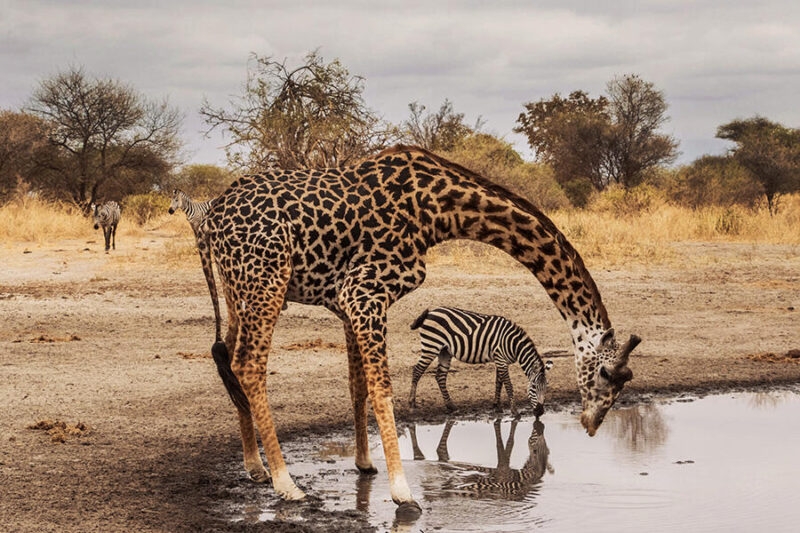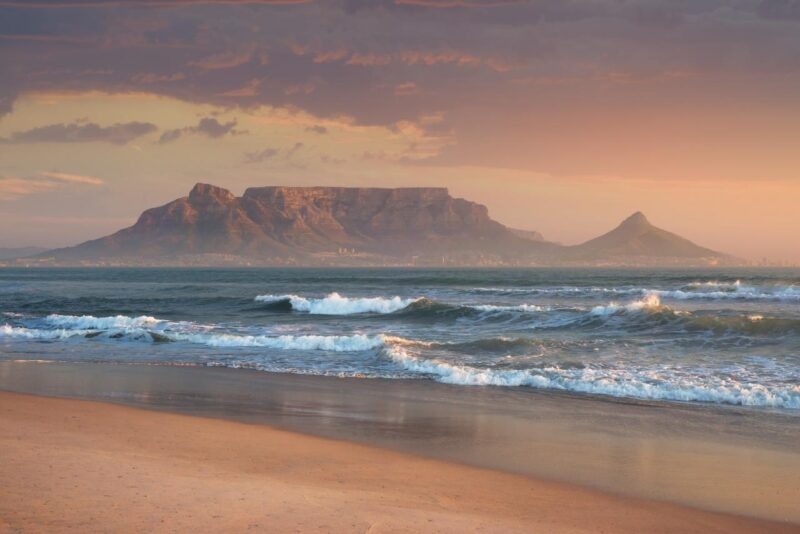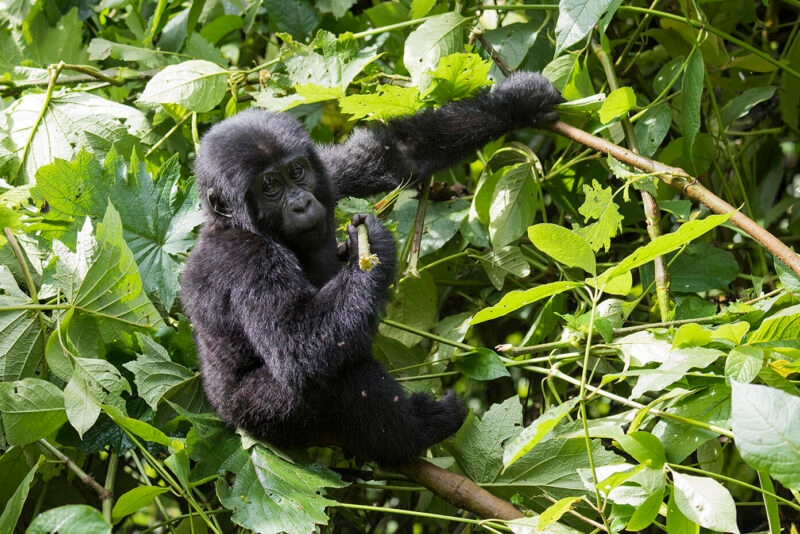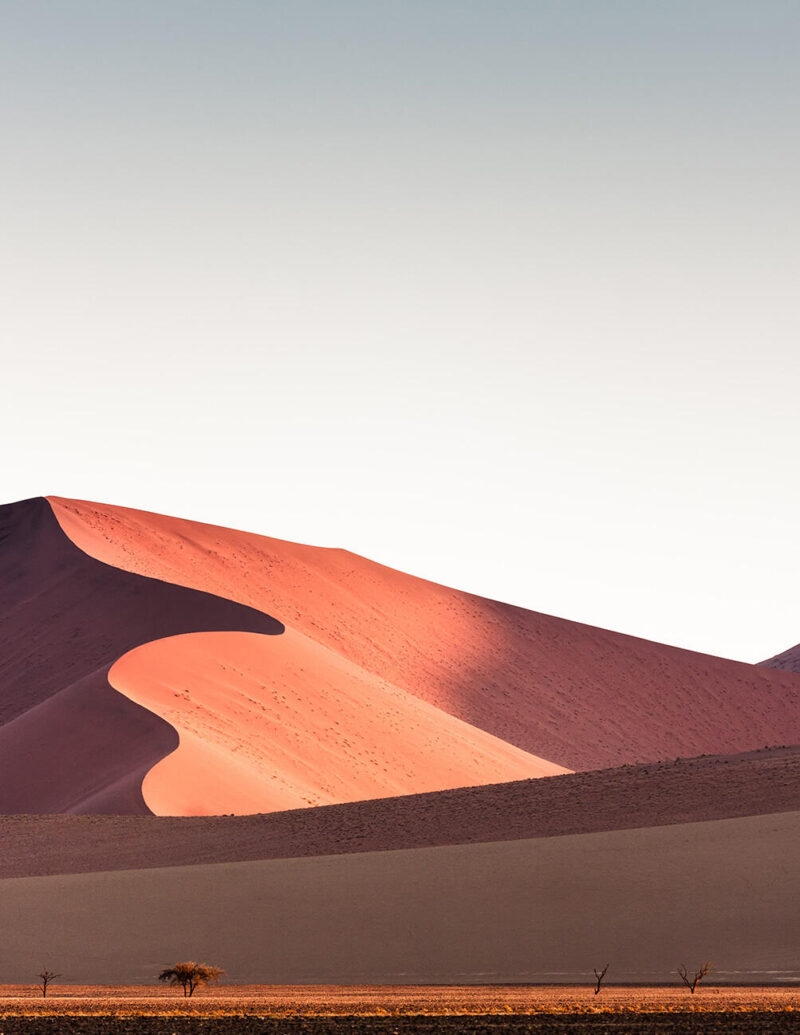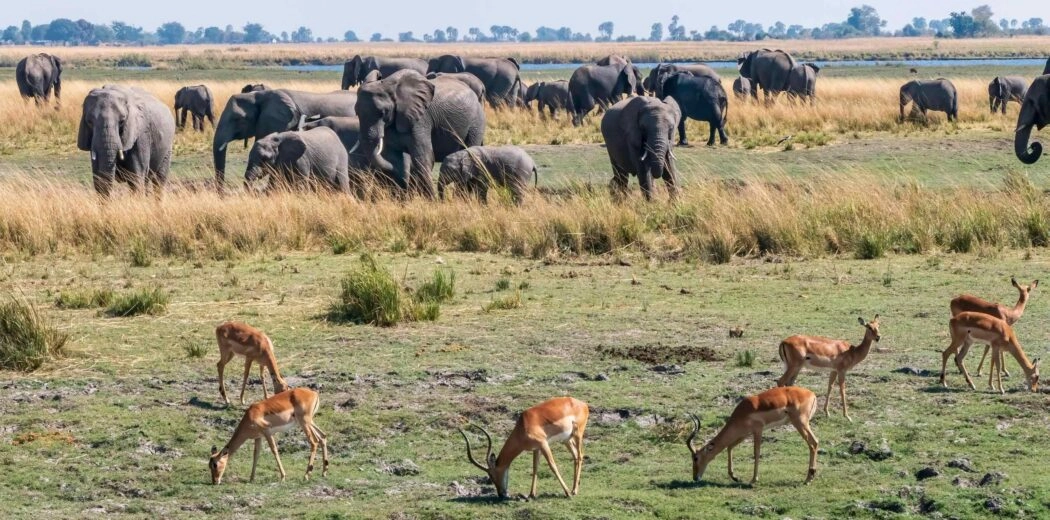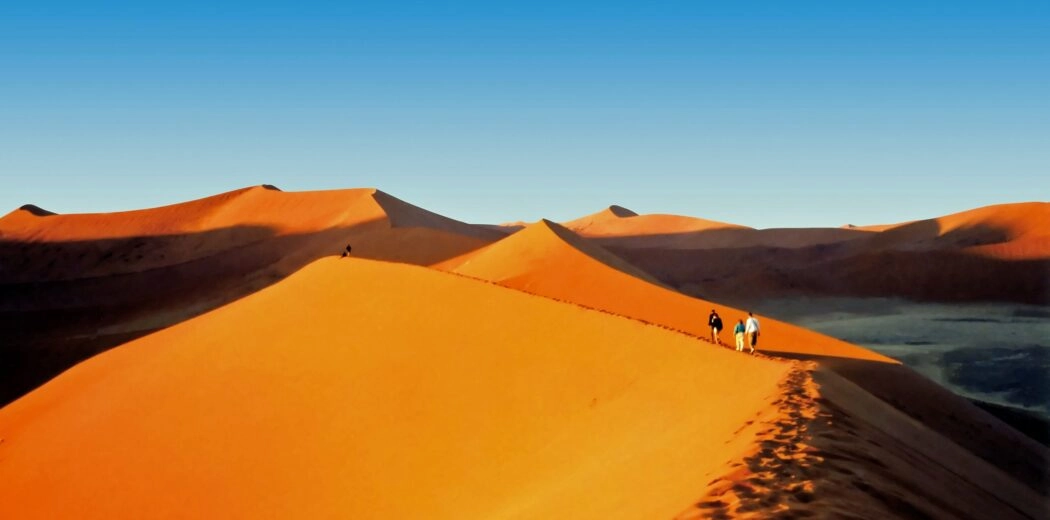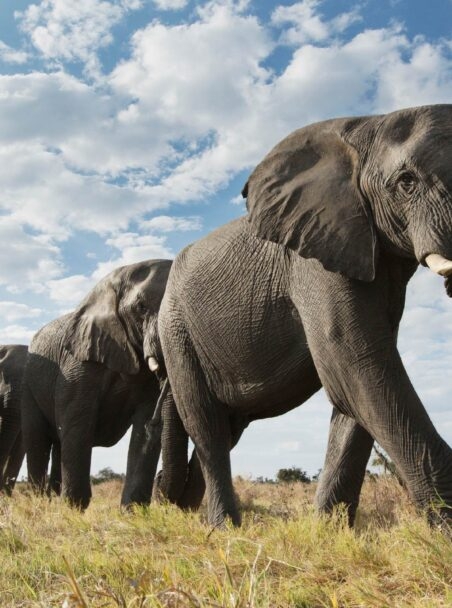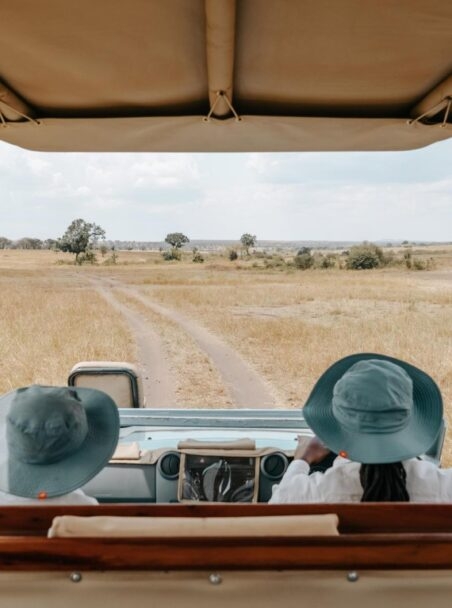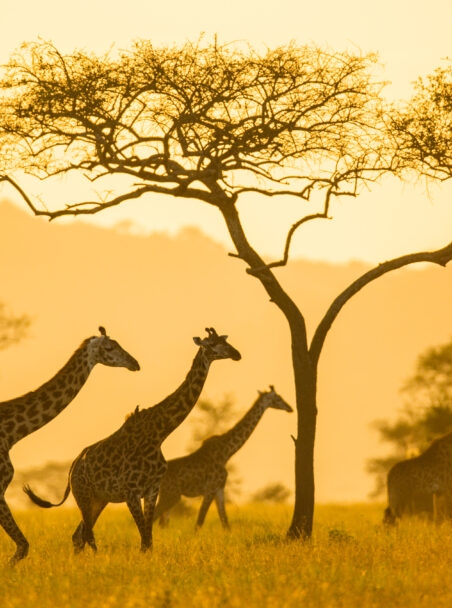Set off on a private safari with the experts
Jacada specialises in crafting bespoke luxury safaris to Africa. Our experts have decades of combined experience, and have all lived and travelled extensively across the continent. We’ve tracked chimps in Mahale Mountains National Park, spent months following the Great Migration, stayed at the most incredible camps, sipped South Africa’s finest Chenin Blanc and summited Mount Kenya (almost more times than we can count). We’re on the ground regularly to visit new properties, review exclusive activities and follow meaningful conservation initiatives.
Our experience allows us to design an itinerary that’s perfect for you, combining the best places to stay with tours led by the most knowledgeable and engaging local guides.
No two journeys planned with Jacada are alike. Set off on an African safari in Botswana, Kenya, South Africa, Rwanda, Tanzania, Namibia, Mozambique, Uganda, Zambia or Zimbabwe, head for the white-sand beaches and dive sites of Mauritius, the Seychelles and Zanzibar, or combine ancient medinas with rugged mountains in Morocco.
Whatever you want your trip to include, we’ll create a bespoke journey just for you. We look after all the details so you can enjoy the wildlife, landscapes and warm authenticity of Africa in the knowledge that everything else is being taken care of. We’ll recommend the best lodges, camps and hotels, organise private tours and experiences, and arrange local guides who share your passions and interests.
As well as benefiting from the expertise of our travel designers, you’ll have the support of a personal concierge based in Africa. They’re on hand to share true local insight and help you with everything from deciding what to pack to making restaurant reservations.
Highlights
Follow the majestic Great Migration and its dramatic river crossings in Kenya or Tanzania by staying at a mobile camp.
Go on a water safari in Botswana’s incredible Okavango Delta.
Encounter mountain gorillas in Rwanda’s Volcanoes National Park
Tour the historic wine estates of South Africa
Watch the sunrise from the summit of the dunes of Sossusvlei in Nambia
For centuries, Africa has attracted travellers from around the world. Yet to this day, the continent still holds areas that are rarely visited. We are proud to curate the most unforgettable experiences, know the most knowledgeable guides and support wide-reaching conservation projects. From the dramatic landscapes of Namibia, to rarely visited regions of Rwanda and the Eden of Africa, the Okavango Delta in Botswana, we specialise in arranging adventures that are simply one of a kind.

Jody van Merode
Senior Travel Designer
Luxury accommodation in Africa
Why book with Jacada?

Safari expertise
Our experts bring decades of first-hand expertise. They’ve lived and travelled across Africa and are regularly on the ground reviewing the most exclusive camps and experiences. You’ll also have the support of a personal concierge, based in region.

Unforgettable guides
We handpick the most knowledgeable guides, who bring each destination to life with care and passion. They’re chosen for their ability to provide unrivalled insight into the region’s wildlife and landscapes as well as a genuine, memorable experience.

Positive impact
By travelling with us, you directly support a range of initiatives spanning wildlife conservation to community engagement. Our luxury trips are designed to prioritise experiences that are positive for you and the places you visit.
Trip inspiration
Where to go

Botswana
Botswana is one of the best African safari destinations for adventure travellers. The landlocked country offers endless opportunities to experience wildlife like never before. You can go on a mobile safari expedition and discover the most untouched parts of Botswana as you follow the game. You can also take a helicopter ride and marvel at the beauty of the Okavango Delta from above.
Discover more
Kenya
Kenya is one of the best safari destinations in the world. It is home to the world-renowned Maasai Mara National Park where the Big Five and other animal species roam freely. It’s also where you can see the magnificent Great Migration and its dramatic river crossings.
Discover more
Mauritius
With everything from white-sand beaches to epic waterfalls and hiking trails, Mauritius is a destination that keeps on giving. It is also an island brimming with a medley of culture. Delve into the country’s history and local traditions, discover the diverse cuisines and explore its laid back coastal villages.
Discover more
Morocco
A gateway to Africa, Morocco offers a myriad of unforgettable travel experiences. Set off on adventures of all kinds exploring vibrant medinas in Fes, buzzing bazaars in Marrakesh, breathtaking mountains in the High Atlas and the awe-inspiring desert landscapes of the Sahara.
Discover more
Mozambique
Known for wide, long stretches of coastline, Mozambique is nothing short of mesmerising. It offers turquoise waters abounding in sea life and a fascinating mix of cultures. Mozambique has a more authentic feel than many other Indian ocean retreats, with a more relaxed, uncomplicated luxury and authentic experience than one finds elsewhere.
Discover more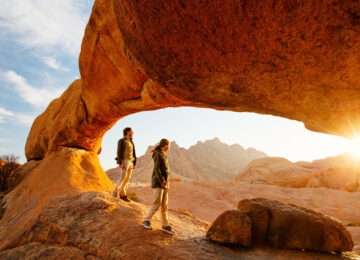
Namibia
Namibia is filled with innumerable sights. Its otherworldly landscapes consist of sweeping dunes, dramatic views and unspoiled nature. Home to a rich population of cheetahs, Namibia offers matchless wildlife viewing. It is also a destination that is great to visit all year round.
Discover more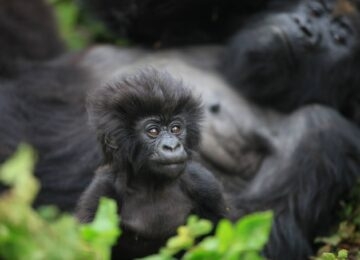
Rwanda
Rwanda is among Africa’s most magical destinations – and one of the few places in the world where you can encounter mountain gorillas. These giant primates can be found in Volcanoes National Park. In Akagera National Park you can see lions, leopards, giraffes and more.
Discover more
South Africa
South Africa is home to one of the oldest and most impressive national parks in the world. Kruger National Park is where you can spot the Big Five and many other species of African wildlife. South Africa is also one of the best safari destinations for families and first-timers.
Discover more
Tanzania
One of Africa’s best known safari destinations, Tanzania is filled with a breathtaking array of wildlife across its multiple natural reserves such as Singita Grumeti. The East African country also offers unparalleled wildlife experiences in Serengeti National Park during the Great Migration.
Discover more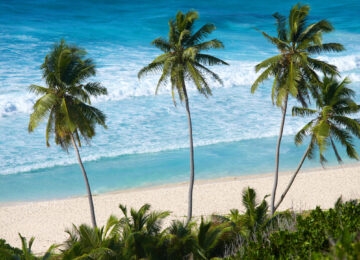
The Seychelles
There is no beach destination more pristine than the Seychelles; the ultimate island escape or an idyllic finale to your safari. This nation archipelago of 115 islands has five marine national parks, abundant biodiversity in its land and marine wildlife, spectacular coral reefs for diving and snorkelling, and is one of the world leaders in sustainable tourism matched with unparalleled glamour and luxury.
Discover more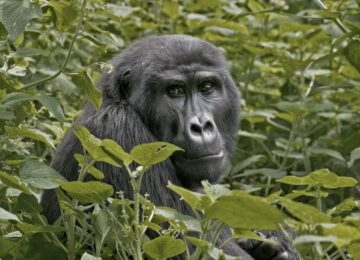
Uganda
Uganda is made up of dense forests, pristine landscapes and abundant wildlife. Bwindi Impenetrable Forest is where you can get up close to endangered mountain gorillas, and in Queen Elizabeth National Park you can spot tree-climbing lions. Uganda hosts the highest concentration of primates on Earth.
Discover more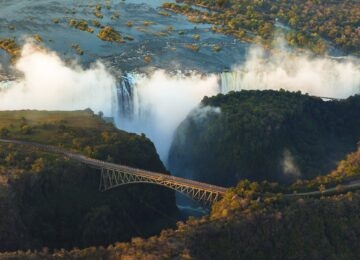
Zambia
The diverse African nation of Zambia is home to the powerful Zambezi River and Victoria Falls. Take a helicopter ride above the waterfall or opt for an adventurous dip into the Devil’s Pool. Zambia also offers incredible safari experiences. Kafue National Park, one of the biggest in the world, offers remarkable game viewing opportunities, with big concentrations of predators and other wildlife species.
Discover more
Zimbabwe
Zimbabwe enthrals with incredible safari experiences. Hwange National Park is one of the best places in the world for viewing large herds of elephant while Zimbabwe’s Mana Pools is a UNESCO-protected national park filled with wildlife, including some of the best predator-spotting opportunities.
Discover more
Zanzibar
The African island of Zanzibar, paired with its Arabian history, makes for an excellent safari add-on. With intriguing architecture evident in the main town, Stone Town, you will be able to experience a mix of culture and landscape with pristine beaches and crystal clear waters.
Discover moreMeet your Africa experts
When to visit

Mara river crossings
August–October

Gorilla trekking in Rwanda
December–February and June–September

Beaches in Seychelles
October–April

Rhino tracking in Namibia
July–September

Safari in Tanzania
June–October
Africa travel guides
Plan your trip to Africa
Whatever you want from your adventure in Africa, our team of expert travel designers are ready to help.


Plan with peace of mind
When you book a trip in today’s world there’s a lot to think about. But with the right advice and expert planning, you can do it with confidence.
If you book to travel with us but your plans are impacted by circumstances you can’t control, we’ll change your reservation or cancel your booking for a full credit towards future travel.




